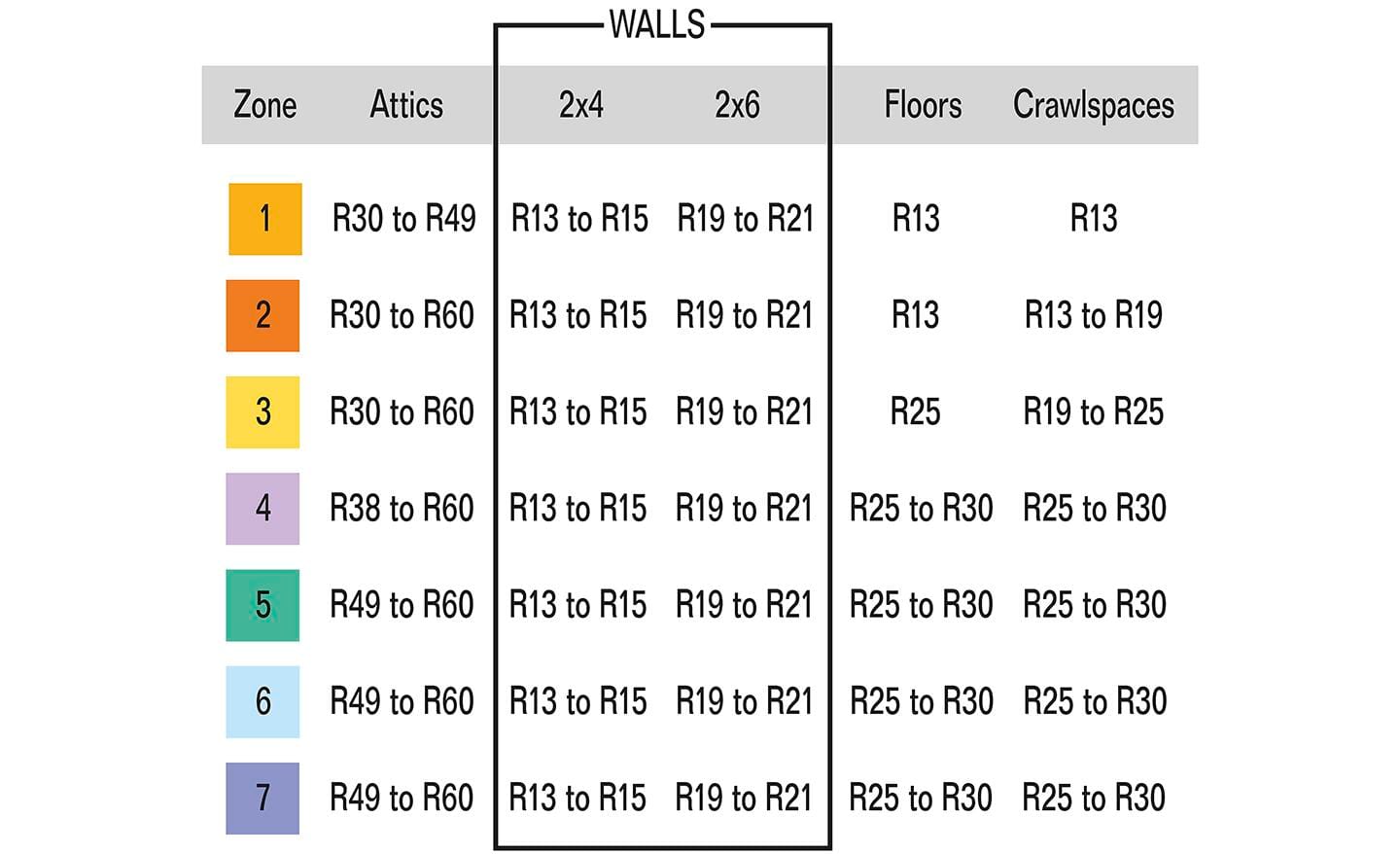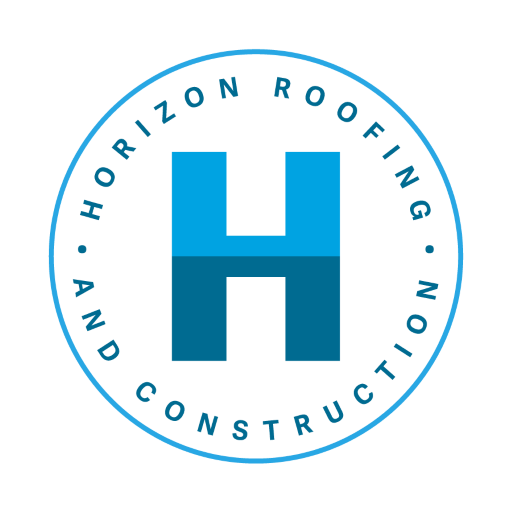Insulation is a crucial component in any home, providing a barrier that helps regulate temperature and conserve energy. It acts as a protective layer, preventing heat from escaping during the colder months and blocking unwanted heat from entering during the warmer months.
Insulation plays a vital role in maintaining a comfortable living environment by reducing energy consumption and lowering utility bills. It also helps to minimize drafts, noise pollution, and the risk of condensation, ultimately contributing to improved indoor air quality and overall home comfort.
R-values are a standardized measurement used to determine the effectiveness of insulation materials. They indicate the resistance of a material to heat flow: the higher the R-value, the greater the insulation’s ability to resist heat transfer.
What are R-Values?
R-values represent the thermal resistance of insulation and are measured in units called “thermal resistance per unit area.” They provide a numerical value that helps homeowners gauge the insulation’s ability to resist heat flow.
R-values are determined through laboratory tests that assess the insulation’s ability to impede heat transfer. These tests evaluate factors such as thickness, density, and thermal conductivity to calculate the insulation’s R-value.
R-values are typically presented on a scale that ranges from R-1 to R-60 or higher. The higher the R-value, the more effective the insulation is at resisting heat flow. It’s important to note that different areas of a home may require different R-values depending on climate conditions.
How R-Values Affect Your Home
The R-value of insulation directly affects a home’s energy efficiency. Higher R-values mean better insulation, resulting in reduced heat loss or gain through walls, ceilings, and floors. This, in turn, lowers the demand for heating and cooling systems, leading to significant energy savings.
Insulation with higher R-values helps maintain a consistent and comfortable indoor temperature, preventing hot or cold spots within the house. It also reduces drafts and minimizes the need for constant adjustments to thermostat settings, ensuring a cozy living environment year-round.
Homes with lower R-values tend to experience increased heat transfer, leading to energy wastage, discomfort, and higher utility bills. Conversely, homes with higher R-values provide superior thermal insulation, resulting in greater energy efficiency, cost savings, and enhanced comfort.
Choosing the Right Insulation for Your Home
There are various insulation materials available, each with its unique properties. Common types include fiberglass, cellulose, spray foam, and rigid foam. Factors such as cost, R-value, installation method, and compatibility with the home’s structure should be considered when selecting the most suitable insulation for your specific needs.
Determining the appropriate R-value for your home depends on factors such as climate, local building codes, and the desired level of energy efficiency. Consulting with insulation professionals or referring to energy efficiency guidelines can help you determine the ideal R-value for different areas of your home.
Different insulation materials offer varying R-values. For example, fiberglass batts typically have an R-value ranging from R-2.9 to R-3.8 per inch, while closed-cell spray foam can provide an R-value of R-6.5 or higher per inch. Understanding the R-values of different materials can help homeowners make informed decisions when selecting insulation materials.

The Cost of Insulation
The cost of insulation installation depends on factors such as the size of the area being insulated, the type of insulation material chosen, labor costs, and additional factors like accessibility and complexity of the installation process.
To calculate the cost of insulation for your home, you should consider the total square footage that requires insulation, the desired R-value, the cost per square foot of the chosen insulation material, and any additional expenses such as labor and equipment.
While insulation with higher R-values may initially have a higher upfront cost, it provides greater long-term energy savings and a quicker return on investment. Homeowners should consider the potential energy cost reductions over time when comparing the initial cost of different R-values.
Installation and Maintenance
Proper insulation installation is essential to ensure optimal performance. It involves techniques such as sealing air leaks, maintaining proper vapor barriers, and correctly installing insulation materials according to manufacturer guidelines. Hiring professionals experienced in insulation installation is recommended for best results.
To maximize the longevity and effectiveness of your insulation, regular maintenance is crucial. This includes inspecting for damage or deterioration, sealing any gaps or cracks, and keeping insulation clear of moisture. Proper insulation maintenance helps sustain its performance and extends its lifespan.
While DIY insulation installation may seem tempting, it’s often best to hire professionals. Insulation experts possess the knowledge, skills, and specialized equipment necessary to ensure insulation is installed correctly, minimizing the risk of performance issues and potential energy losses.
Conclusion
Understanding R-values is vital for homeowners looking to improve energy efficiency and overall comfort in their homes. It allows them to make informed decisions when choosing insulation materials and determining the appropriate R-values for different areas of their homes.
We encourage homeowners in Southeast Michigan to assess the insulation in their homes. Consider consulting with insulation professionals who can provide expert advice on optimizing energy efficiency, reducing utility costs, and enhancing comfort.
Investing in quality insulation with appropriate R-values is a smart choice for homeowners seeking to improve their homes’ energy efficiency. By upgrading insulation, homeowners can create a more comfortable living environment while simultaneously reducing energy consumption and lowering utility bills.
Remember, insulation is not just an investment in your home but also in your long-term comfort and financial well-being. Don’t let the opportunity for improved energy efficiency slip away—act now and enjoy the benefits for years to come.
For Horizon Roofing’s professional residential insulation services, visit Horizon Roofing’s website. Let our expert team help you achieve optimal energy efficiency and comfort in your home.

